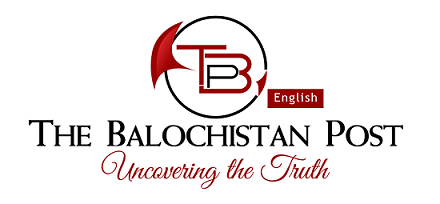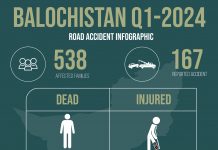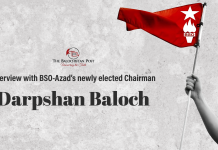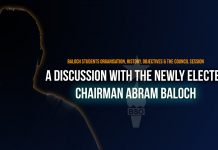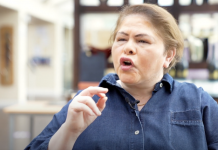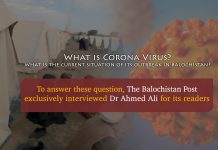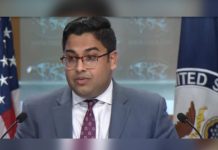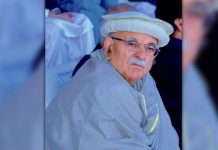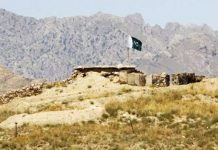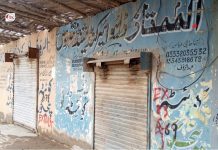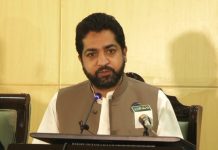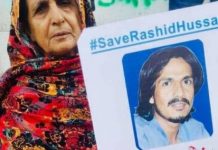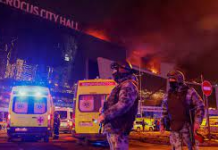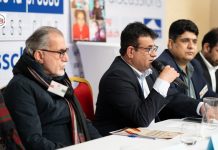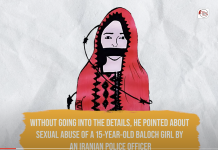Note: The book The Baloch Cultural Heritage authored by renowned intellectual and author of many books, Jan Mahmmad Dashti, is considered one of the most ‘valuable contribution towards understanding the Baloch traditions in their proper historical perspective’.
The first edition of this book was published in 1982, therefore, the book is not readily available in this modern arena of search engines. The Balochistan Post (TBP) believes unavailability of such books is an injustice to students of anthropology and the Baloch youth. TBP will convert the book and publish it in parts for wider reading.
The Baloch Cultural Heritage
Author: Janmahmad
Part – 3
No nation or tribe is pure racially. There always exist the chances of blood amalgamation at the various stages of human history. Human groups came together in marriage alliances and kinship. Therefore, it is difficult to say that a particular tribe is invariably related to a certain race or racially pure. For instance, all people in the Panjab do not inherit a singular history. Many outsiders have settled in the area like Gojars. Gojars are living in Balochistan and Iran as well. In Iran they are called Qachars, implying after the word ‘Gochars’, the cattle breeders. Qachars had the previous kingship in Iran which was overthrown by Raza Khan.
The author has touched briefly the archaeological discoveries to assert the proposition that the Baloch have been influenced by many prospering cultures in Balochistan before their settlement. It is fairly evident that the older inhabitants of the region immediately before the Baloch arrival were mostly Jadgals who spoke a Sindhi dialect. They were predominant in Central Balochistan, especially Jhalawan, Xalat and Surab. The Baloch obtained the area from the Jadgals and drove them towards Lasbella. As for Balochistan, it has the traces of every ancient civilizations. The archaeological discoveries in Nal, Surab, Mehr gad and other places tell the story of ancient man living thousands of years ago. His art of using baked bricks for his dwellings and the architecture is much advanced than that of the present nomads. The Baloch did not have any any archetype civilisation which the ancient man had. They were surely outsiders. They must have been influenced by the ancient inhabitants in many ways, particularly in religious thought and mythologies.
The Baloch and the Brahui are not two separate peoples; they are one and the same. The only difference is of language. There is absolutely no difference in social practices and the structure of their society. They follow the same practices from birth to death, happiness and sorrow. It can be said that Brahui philology may be composed from some Median dialects or greatly influenced from some Dravidian tongue. Some Indologists believe that Dravidians did come from Mesopotamia; first they settled in eastern Iran and Makkuran and then proceeded to the Indus Valley. Others firmly believe that they were the ancient population of Balochistan and some parts of the subcontinent, and slowly moved towards west upto Mesopotmia, and east upto the Indus.
The Baloch came to Balochistan in three major groups. The first wave settled in Seistan and were called Naroi, followed by Brahui who settled in Turan which is now-a-days called Jhalawan. The last was of Rind. Some say Rind is a Balochi word ‘Rand’ or ‘Randi’ meaning the last; the tribe therefore derived its name from the above mentioned word. The Brahui and the Baloch lived side by side in Seistan, where still live many Brahui tribes. The late-comers penetrated into Sind and the Panjab. The Baloch migration into Sind was in two waves : from Balochistan and from the Panjab. Those who went directly from Balochistan speak Balochi or Sindhi, while those who migrated from Panjab and settled in Sind speak Saraiki, whose remnants are Talpurs, Legaharis and some of the Jatuis.
It is absolutely incorrect to say that Brahui, including the Mengals who are wrongly presumed to be Mangols, are Dravidians. They, like Balochis speakers, are Aryans. As regards Mengals, they might be the remnants of the Min tribe which once lived in Iran. Further researches may establish a relation between the Iranians Mins and our Mengals. As to their difference in language, Mr. Jan has rightly asserted that language is not the only criteria for resolving the question of racial kinship. I believe that anyone can adopt any language. For instance, the Baloch in the Panjab speak Saraiki. The Baloch might have learnt the Brahui language from some of the old tribes who were once occupying these regions. We cannot even claim that Balochi is the original language of the entire Baloch people. It is possible that they adopted this language after their migration from the Caspian Sea region, or they had their original language Brahui either. Another strange phenomenon is that Brahui speakers are called Baloch, and Raxsani for Baloch, as it is used in Afghanistan. As regards Balochi, it is mentioned in the 4th volume of the Cambridge History of Iran that Balochi is from the Pehlavi language group which was itself a Parthian branch of Indo-Iranian languages, spoken among people north-east of Elburz. It is an ancient Aryan language family, the mother tongue being Sanskrit. Almost all the inhabitants towards the north, from Nal to Quetta, are Brahui-speaking, while in the south, towards Kirman, the overwhelming majority speak Balochi; and in many areas of this plateau, even some of the original Brahui tribes do not know Brahui. In Makkuran upto Zahidan Baloch speakers are predominant. Brahui is also called Kurdi or Kurd Gali.
[to be continued]
Disclaimer: The views and opinions expressed in this article are those of the author and do not necessarily reflect the official policy or position of The Balochistan Post or any of its editors.
